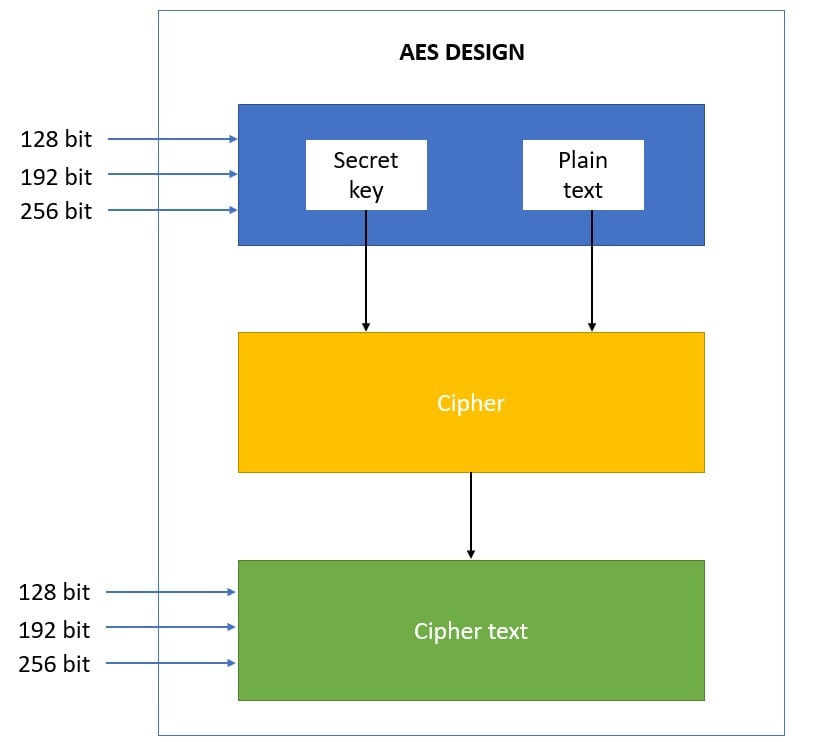Online AES Encryption and Decryption Tool
AES Encryption
AES encryption, acronymed as Advanced Encryption Standard, is a symmetric type of encryption that makes use of the same key for both encryption and decryption data.
The Advanced Encryption Standard (AES) is a block cipher chosen by the U.S. government to protect classified information.

ECB and CBC Mode
ECB (Electronic Code Book) mode
is the simplest block cipher mode of operation in existence. Its approach to multi-block plaintexts is to treat each block of the plaintext separately.
CBC (Cipher Blocker Chaining) mode
is an advanced form of block cipher encryption. With CBC mode encryption, each ciphertext block is dependent on all plaintext blocks processed up to that point. This adds an extra level of complexity to the encrypted data.
AES Keys
Advanced Encryption Standard (AES) keys are symmetric keys that can be three different key lengths (128, 192, or 256 bits).
Initialization Vector
In case of CBC (Cipher Block Chaining), where we start off with a random seed, known as an Initialization Vector (IV). This is then used to create the first block. Next the output from the first block is then used to chain into the next block by Exclusive-OR'ing the output of the first with the output of the second block, and so it goes on.
